As many marketers and business owners know, customer feedback is the basis of many great initiatives in any company. You can use it to create new offers, fix your existing ones, improve your customer experience, remove pain points and much, much more.
However, for all of its benefits, customer feedback has one major downside - you have to go out and actively seek it. The famous statistic says that only one out of 26 unhappy customers will actually complain about their experience and provide negative feedback to your customer service teams. The remaining 25—will stay silent and probably churn.
To prevent crises from happening, the best thing that you can do is collect customer feedback. But asking for it in a way that drives results and doesn’t annoy your customers is easier said than done.
Today, we’ll show you how you can ask customers for feedback without being obtrusive, annoying, or boring.

What is customer feedback?
Customer feedback is any information that you get from your customers about your offer, company, customer service and customer experience, and practically any detail about your business. It comes in many shapes and forms, from numbered ratings in the form of surveys, all the way to full-blown customer interviews.
We won’t go into the different methods of collecting customer feedback in this article. However, there are plenty of ways to get creative and gather feedback. NPS (Net Promoter Score) and CSAT (customer satisfaction) surveys, customer interviews, customer advisory boards, email surveys, usability tests - the list goes on and on.
What matters more than the method is how you make the ask and collect feedback. Customers value their time just as much as you do, so you want to be persuasive and efficient.
Here are the top ways to get that feedback without being a pain in the neck for your customers, all the while improving customer loyalty and making your existing customers happy.
Use the right survey at the right time
We sell survey software, so it’s only natural that we believe in surveys as the ultimate tool for collecting customer feedback and getting more loyal customers. However, surveys are a tool like any other. A skilled painter can do wonders with a paintbrush, while the author of this article couldn’t draw a stick figure. If you want to gather feedback, it's the same.
The best results with surveys come when you use them to ask at the right time. And while a general CSAT or NPS survey can be amazing, there are even more specific surveys that you can use in different situations to ask for customer feedback.
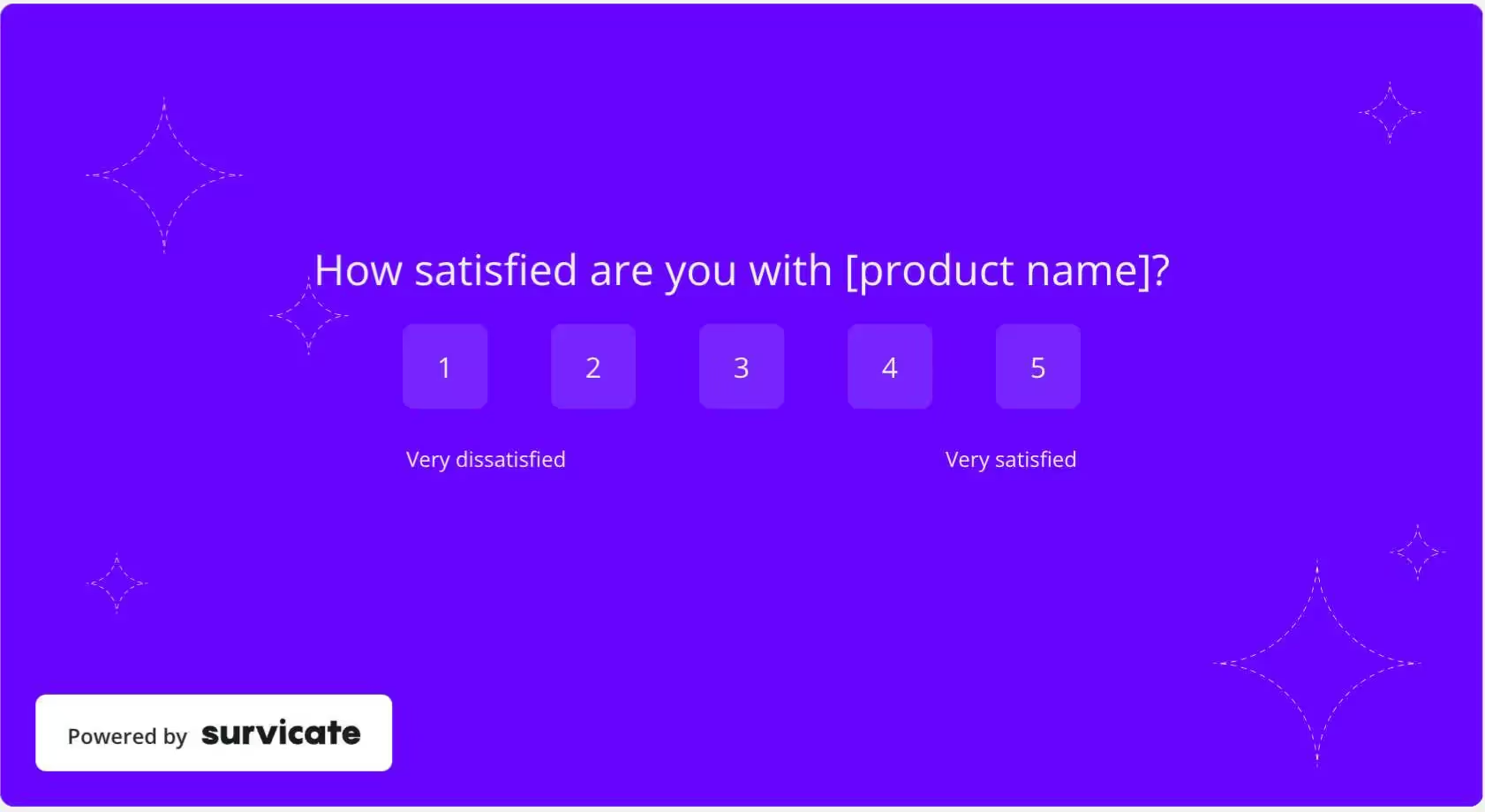
For example, if a customer just requested to cancel their plan after being an active user of your product for a while, this is the ideal time to trigger a lost customer survey. Simply connect your favorite email marketing tool and have it send out a survey immediately after someone churns and win back some unhappy customers.
Just launched a new pricing plan and you’re not sure if your customers will like it or not? Simply email all paying customers a link to your pricing survey and you’ll get results within a day instead of waiting for more customer churn.
You just finished a webinar and want to find out how people feel? Send a post-webinar survey to poll your participants about their customer feedback and learn what you can do better next time.
It’s actually pretty simple - you just need to match the right time with the right type of survey. All you have to do is check out our survey templates and you’ll get some amazing inspiration to get started.
Keep it short and sweet
The average reader would say that gathering customer feedback is not an exact science. Well, the truth is, it really is a science and there is evidence suggesting the best ways to collect customer feedback.
Your customers have a limited number of hours every day and the last thing they want to do is spend an hour of their free time providing customer feedback for your product. So, when asking for customer feedback, make sure you do it in a way that is quick and to the point, especially when asking unhappy customers to provide feedback.
Our research shows that the highest completion rate for surveys (above 80%) happens when you have under 15 questions per single survey. The more survey questions you ask, the more customer feedback you get, but it’s at the cost of a lower completion rate.

The math is simple - the fewer questions there are, the more likely you are to get useful survey answers. This doesn’t mean that you have to sacrifice questions at the expense of better completion rates.
On the contrary - you can just have a higher number of shorter surveys. That way, you’ll be less annoying to your customers and you’ll obtain customer feedback more easily.
Offer incentive
There’s one situation where you can get away with asking for more detailed customer feedback—when you give something in return to your customers. We all have the same 24 hours in a day but your customers may be willing to give some more of that time in exchange for something that is dear to them - it's a good idea to offer survey incentives.
This can be anything, from a discount all the way to a gift sent to their address. The key to getting better results is to make the offer irresistible and personalized for a specific target audience when you want to request customer feedback.
For example, you can offer a free month of your SaaS product in exchange for completing a survey or leaving an online review. For bigger accounts, you can offer an Amazon gift card in exchange for customer interviews, customer testimonials or other forms of customer insights.
In general, the bigger the ask on your side, the bigger the reward. In general, it’s a good practice to stick to rewards only when you really need customer feedback. Otherwise, using them all the time might result in customers who don’t want to give customer feedback in exchange for nothing. This is an excellent customer feedback method, but think it through to truly make customers feel valued.
Keep a schedule
One of the best ways to annoy your customers is if they’re not used to providing customer feedback and then they get spammed about leaving it out of the blue. For example, you don’t launch a survey in a year and then all of a sudden, you need to validate your new pricing so your bombard your entire user base. Not only will you get poor results, but you’ll also get many spam reports and angry emails.
The key to customer feedback is consistency. A few shorter customer feedback requests is easier to handle than an hour-long survey that you give twice a year. As mentioned above, the shorter the surveys, the better the completion rate.
There is another benefit to regular customer feedback collection - it’s easier to set and track benchmarks.
For example, you could constantly work on improving your customer service. Running customer service surveys and questionnaires twice a year might be too little. By the time your second survey comes up, the customers from the first group may have churned or forgotten about the situation before you made the changes.
The more often you collect customer feedback, the easier it is to keep a finger on the pulse of your customers and determine what is going wrong or right. Speaking of which, pulse surveys are short, 1-2 question surveys that are an excellent tool for this job.
You can also overdo it easily if you’re not careful. Survey reminders are a great way to improve your completion rate if your first email did not go very well. However, try to send surveys once every 90 days or so. In general, doing it more than this can do more harm than good.
Don’t actually ask for customer feedback, use behavior analysis tools
The problem with asking for customer feedback is that you have to do it all the time. To get great at customer feedback, you have to acknowledge that it’s not a one-off activity. In short, you have to constantly send out emails, reminders, and different forms of communication. And that can get tedious.
The alternative is to use a behavior analysis tool that collects the data without the customer even knowing about it. There are quite a few tools that do this job, such as:
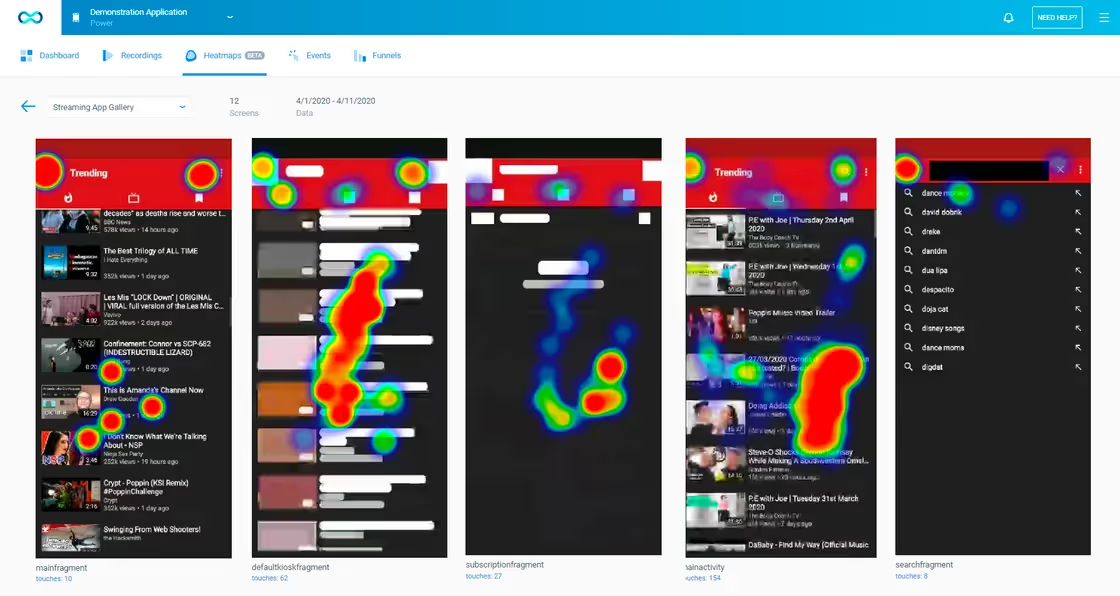
However, we strongly recommend Hotjar out of all the ones mentioned above. It has excellent analytics and features and an amazing integration with Survicate as well.
Hotjar allows you to track your visitors while they are on your website, without bugging them about it and creating any feedback forms to gather valuable feedback. It records user sessions which you can later replay so you can see what customers do on your website and spy on them in a certain way. Don’t worry though - Hotjar is fully legal and GDPR compliant.
It also has amazing features such as heatmaps - that show how much visitors use certain portions of your website. The “hotter” the color, the more the activity in that portion of your website. Hotjar can also sense “rage clicks”, where visitors get irritated with your website and click away furiously.
The biggest benefit is that tools like this can tell you whether your website is functioning properly and what your customers are actually doing with it. You can use it to uncover UX issues, find reasons for poor conversion rates, high bounce rates, and more. In short, you can make more informed decisions and collect actionable feedback from existing and potential customers.
The important thing is to measure your feedback and results and make sure that this is not the only method of collecting customer feedback that you use. While it does work, you will get the best results when asking customers specific questions and analyzing customer feedback from their answers.
Close the customer feedback loop
Want to know the most annoying thing about collecting customer feedback, from the point of the customer? Telling a brand about their opinion and never hearing back from them.
One of the main reasons for collecting customer feedback is to become more customer centric and engage with your customers. The shortcut to doing that is to do something with the feedback you collect rather than storing it and using it as a reference.
In other words, you need to close the customer feedback loop.
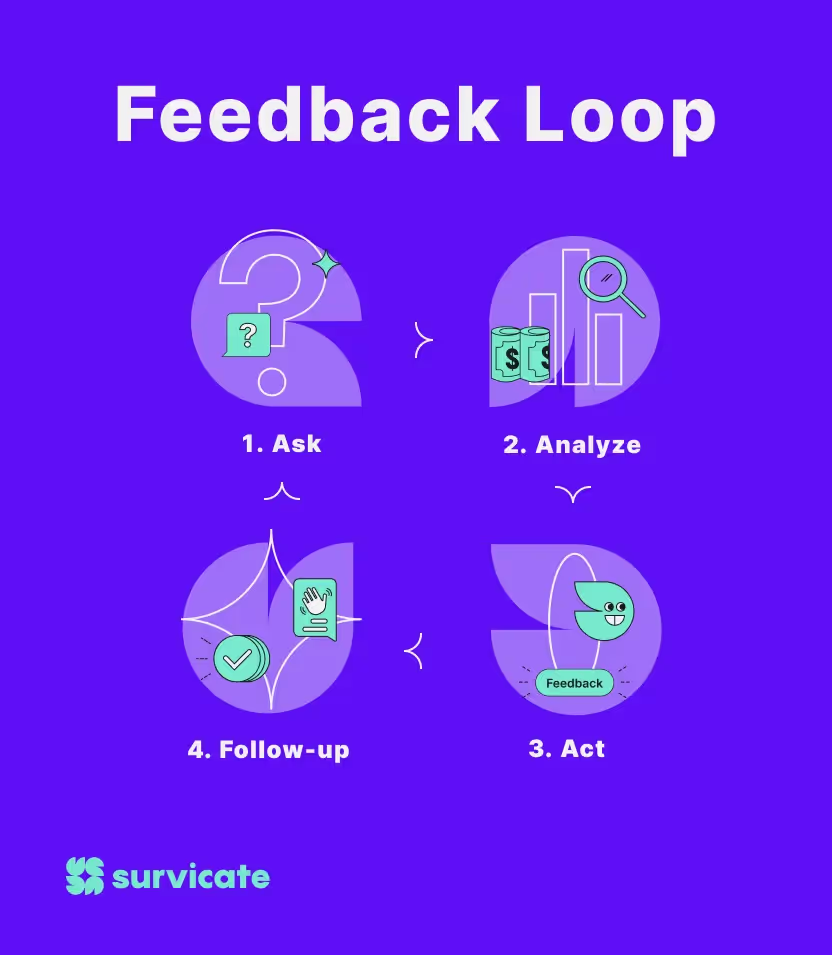
This means actively reaching out to customers who provided feedback. With Survicate, you can set up automated messages to thank each customer for a completed survey, but you can go even more than that.
For example, you can store all the contacts of customers who gave you a low rating on a customer satisfaction survey. You can also ask them for additional comments on why they gave you those low ratings. And you could easily leave it at that.
But the way to not being annoying is to actually follow up on the customer satisfaction surveys, and more. Say that someone complained about the poor UX on your dashboards. You can make a subset of your customers with this specific complaint and once you fix the issue, get back to them and explained that it was fixed, thanks to their feedback.
This is something that can be automated and does not require a lot of work. At the same time, it will motivate those customers to provide more feedback, more honestly and more frequently, because they will know you’re actually acting on it and closing the feedback loop.
Wrapping up
Getting started is the hardest thing and with customer feedback, it can be really demotivating to see a small part of your customer base playing along. However, your customers do want to give feedback as it benefits them just as much as it does you - it’s all about how you ask. Hopefully, the customer feedback methods we shared today will help you out and improve your customer satisfaction.
And to truly skyrocket your customer feedback initiative, you really need a dedicated tool for customer feedback that meets all the requirements above. Try out Survicate for free and see how we can help both you and your customers create a better experience and gather customer feedback with ease. Sign up today to get started!








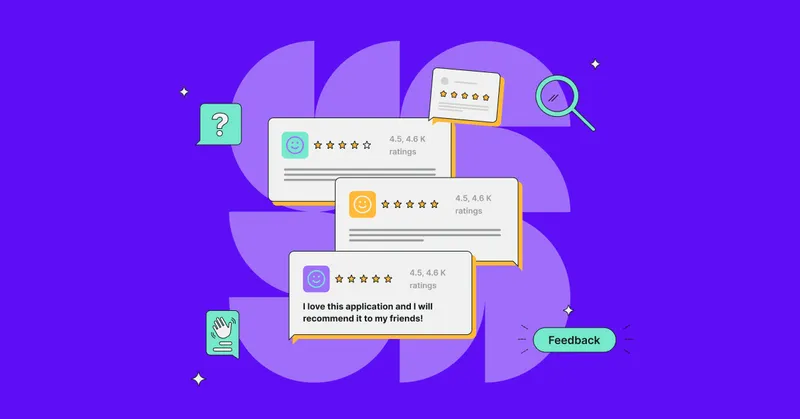
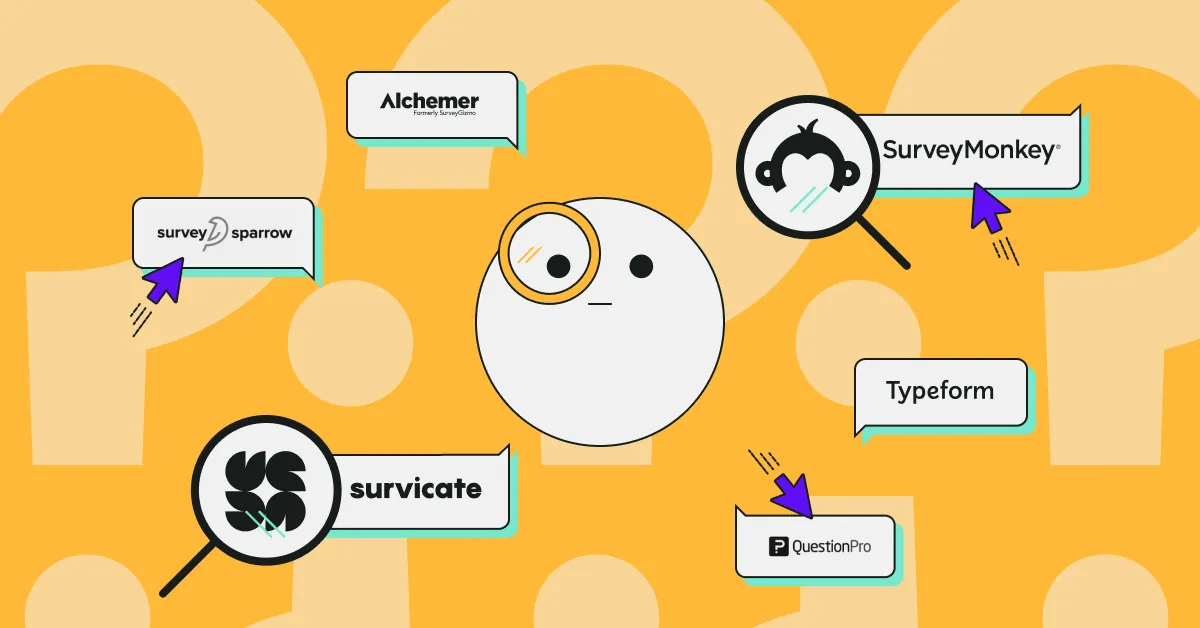
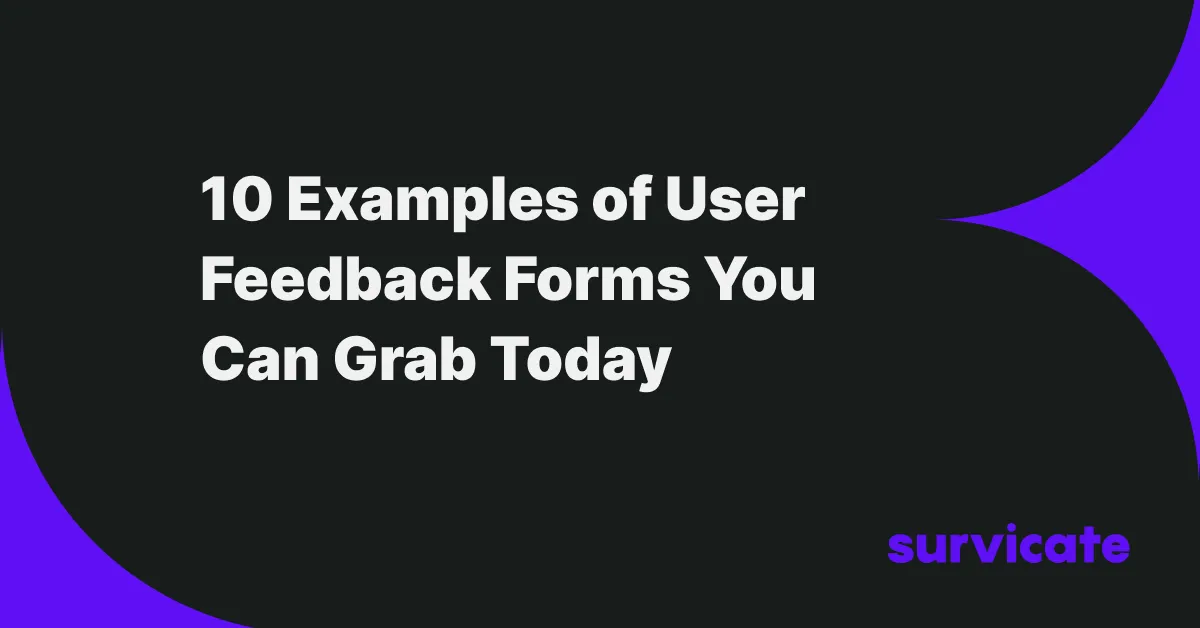
.png)

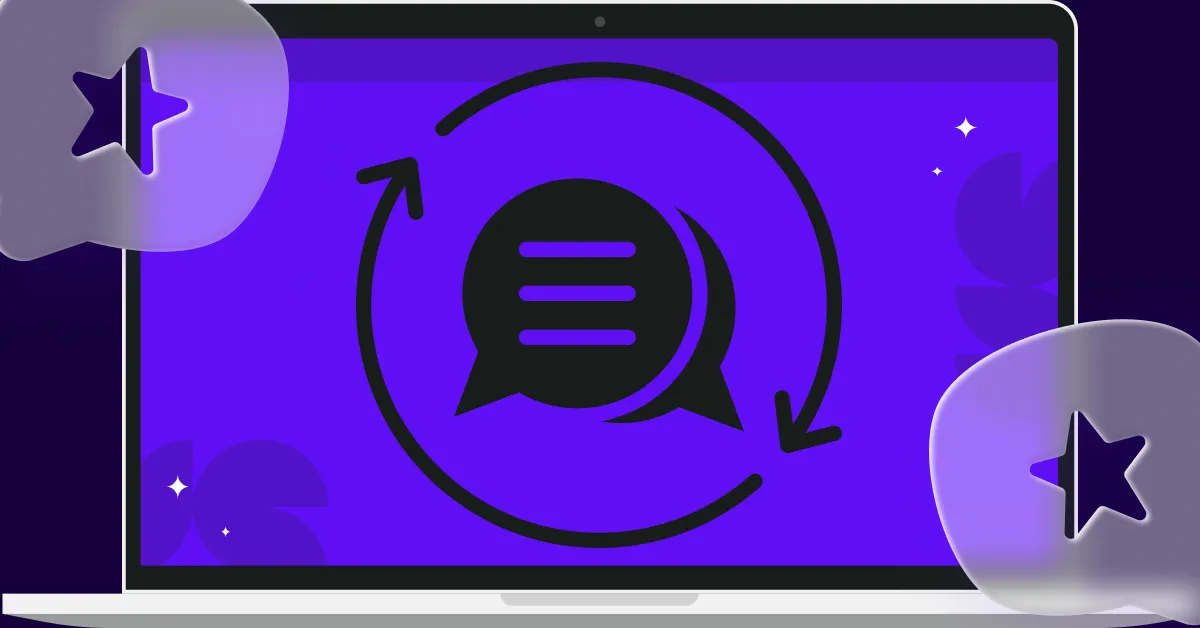

.svg)

.svg)



